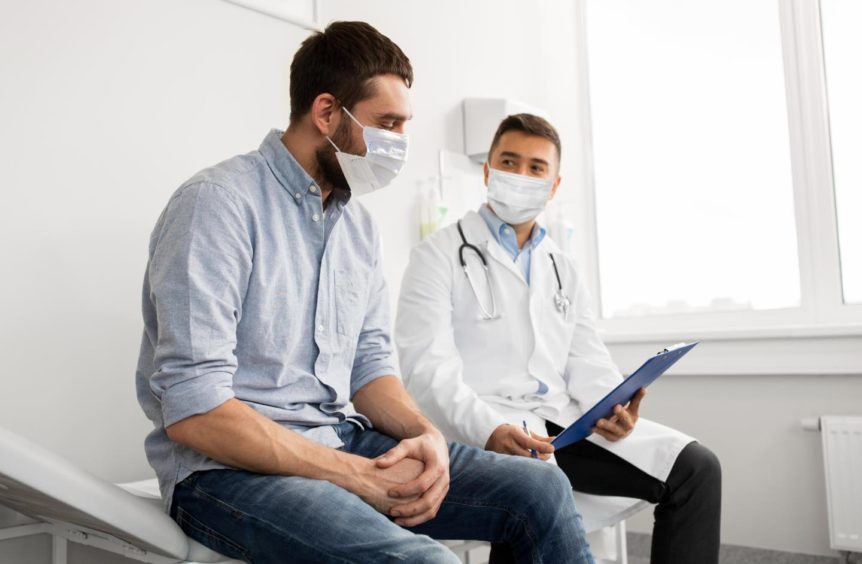Pubs and clubs are back open, socialising is almost back to normal, and we can finally meet our Tinder matches with no restrictions.
Your sexual wellbeing is just as important as any other type of health.
So, if you’re making use of your newfound freedom post-lockdown, there should be no more shame in attending an STI check-up than any other type of medical appointment.
Dr Savita Brito-Mutunayagam, sexual and reproductive health trainee at NHS Fife, is answering everything you need to know about STIs and why you should make getting tested a regular thing.
Why should people arrange an STI check-up?
“We really understand that coming in for a sexual health check-up can be intimidating, especially if it’s the first time.
“But people should know it’s something we do all the time. There’s nothing to be embarrassed about at all.
“It’s just like a blood pressure check or going to the dentist. You go to your GP for everything else, why should your sexual health be any different?
“Just start thinking of it as a regular thing you need to do. It’s so hard to break that stigma, but all we can do is talk about it and encourage people that this is nothing to be embarrassed about.”
What are the Covid-friendly rules for getting an STI test?
“I really want to emphasise that we are very much open and contactable.
“To keep everyone safe, we recommend the first port of call being our website or phoning.
“If someone has no STI symptoms and just wants a routine check-up, we’re offering postal testing kits.
“It’s really simple. You can do it yourself, send it back into us and call for your results. In a way, Covid has led to innovation and doing things that actually make people’s lives a lot easier.
What happens at an STI check up?
“Once a sexual history has been taken, we undertake an appropriate examination if necessary. There’s usually no pain involved.
“Sometimes we’ll wait for results or we’ll treat the issue if it’s something that seems quite obvious.
“It’s no different to anything else, really. It’s just like going for any other type of doctor’s appointment, so it’s nothing to be embarrassed about.”
What are the most common symptoms of an STI?
“For men, they should also look out for pain in the testicular area.”
If left untreated, what can be the consequences of an STI?
“Like any infection, if left untreated it can lead to a more serious infection requiring more treatment.
“With chlamydia, gonorrhoea, syphilis and HIV in particular, you want to treat it early and quickly before it leads to longer complications. Early detection is far better than avoiding coming in for a test.
“For women, some of the long-term consequences of untreated STIs can be pelvic inflammatory disease, complications with fertility, and as infections can pass from mother to baby, they can also lead to adverse birth outcomes
“Similarly in men, untreated STIs can lead to more serious infections that can spread throughout the body, even resulting in male infertility.”
The best and safest way to avoid contracting an STI is to use a barrier method of contraception, such as condoms.
To find out more about NHS Fife’s free condom postal service scheme, visit www.sexualhealthfife.scot.nhs.uk or email fife.condomdistribution@nhs.scot



